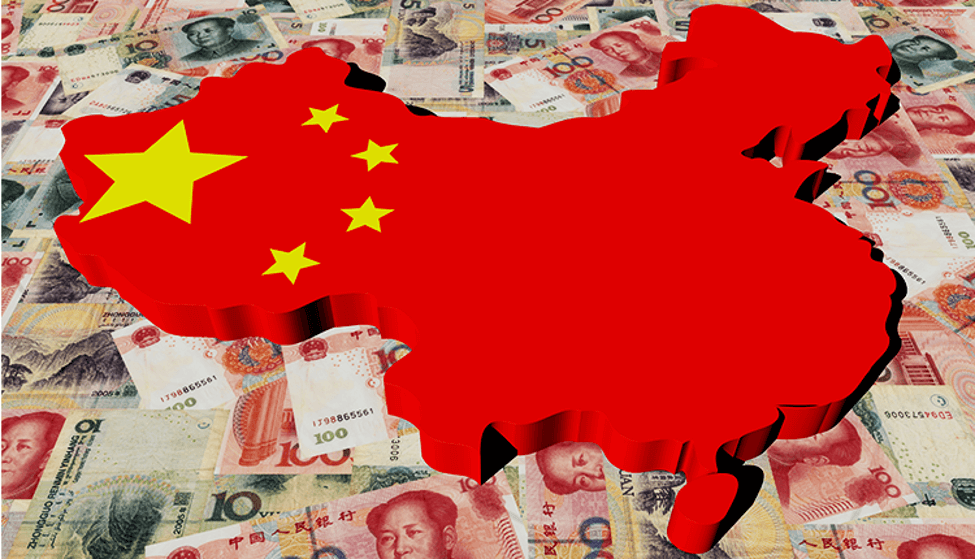Growth for this year is estimated at around 3%: analysts
China’s economy grew at an annualized 8.4 percent in 2021, faster than the preliminary estimate of 8.1 percent, according to final numbers released on Tuesday that pointed to a more finely calibrated picture of the world’s second-largest economy.
The upward revision epitomizes the push for more accuracy in statistics, experts said. As the final data came in higher than earlier estimates, GDP growth for 2022 is likely to be under greater downward pressure, according to economists.
The growth prospects for 2023, nonetheless, remain inspiring in the wake of the country’s sweeping move to optimize its response to COVID-19.
Last year, China’s GDP at current prices was 114.92 trillion yuan ($16.51 trillion), an increase of 556.7 billion yuan from the preliminary estimate, the National Bureau of Statistics (NBS) said on Tuesday. It suggests the economy expanded by 8.4 percent in 2021, 0.3 percentage points higher than the initial data.
More specifically, the added value of the primary sector, referring to agriculture, forestry, animal husbandry and fishery, was revised up 13 billion yuan to 8.32 trillion yuan, accounting for 7.2 percent of GDP.
The added value of the secondary sector, which includes mining, manufacturing, construction and other industries, was revised up 64 billion yuan to 45.15 trillion yuan, or 39.3 percent of GDP. The tertiary sector, or services, achieved an increase of 479.6 billion in its added value, bringing its share of GDP to 53.5 percent.
The revision to GDP estimates indicates “enhanced institutional capacity building” in the country’s statistical regime to allow for more accuracy in data publication, Ye Qing, former deputy head of the Hubei Provincial Statistics Bureau, told the Global Times on Tuesday.
It might be difficult to precisely calibrate the sprawling services sector in the early estimates, Ye said, but the final numbers are a more accurate measurement of the economic landscape. What might have been initially omitted would be factored into the revisions, said Ye.
The revision is in line with verification efforts by the statistical departments and echoes the real growth picture, Dong Ximiao, chief researcher of China’s Qinnong Bank, told the Global Times on Tuesday.
Preliminary GDP estimates are fairly time-sensitive and would normally be released around 20 days from the beginning of the next year. As a great deal of annual financial information isn’t ready in time for annual GDP calculations, the GDP estimates are based on monthly and quarterly figures, the NBS said Tuesday in a statement detailing the revision.
Along with the availability of more information, especially the readiness of annual fiscal disclosure, revisions to GDP data would be made, taking into account more complete and reliable basic information, the NBS said, citing international common practice.
The country’s annualized GDP comprises preliminary estimates and final numbers, with the former disclosed around January 20 of the following year, while revisions are made public no later than January of the second year.
When the national economic census is conducted and important new figures become available or there are changes to calculation methodologies and classification criteria, the historical data of annual GDP will be revised as well, per the NBS.
The previous major upward revision to GDP was in November 2019, when the NBS announced that the annualized GDP in 2018 was revised up 1.9 trillion yuan, or an increase of 2.1 percent.
Final statistics for 2019 and 2020 showed that the economy grew at a pace slightly slower – 0.1 percentage points in both years – than the preliminarily released data, according to NBS.
As the final figures were higher than the early numbers, meaning a higher base for the 2022 growth forecast, economists are lowering their growth estimates.
Annualized growth was previously estimated to be around 3.2 percent this year, but a higher base, adding to a slowdown in overseas demand and the fallout of the epidemic, among other headwinds, would result in a downward revision to around 3 percent, said Wu Chaoming, deputy director of the Chasing International Economic Institute.
A downturn in the economy throughout 2022 barely weighs on the growth prospects for 2023, buoyed by a flurry of recent announcements to improve the epidemic response.
In a milestone step, the National Health Commission announced on Monday it would downgrade the COVID-19 management from Class A to Class B, effective January 8, 2023.
The China Council for the Promotion of International Trade (CCPIT) recently carried out a flash survey of some 160 foreign-invested firms and foreign commerce chambers and associations. The results showed that 91 percent of the respondents were supportive of the virus prevention and control optimization policies, Yang Fan, a spokesperson for the CCPIT, said Tuesday at a press conference.
Further, 99.4 percent of the surveyed foreign businesses were more optimistic about China’s economic growth prospects in 2023 and said they would continue to invest in China and share the country’s development dividends.
Source: Global Times






